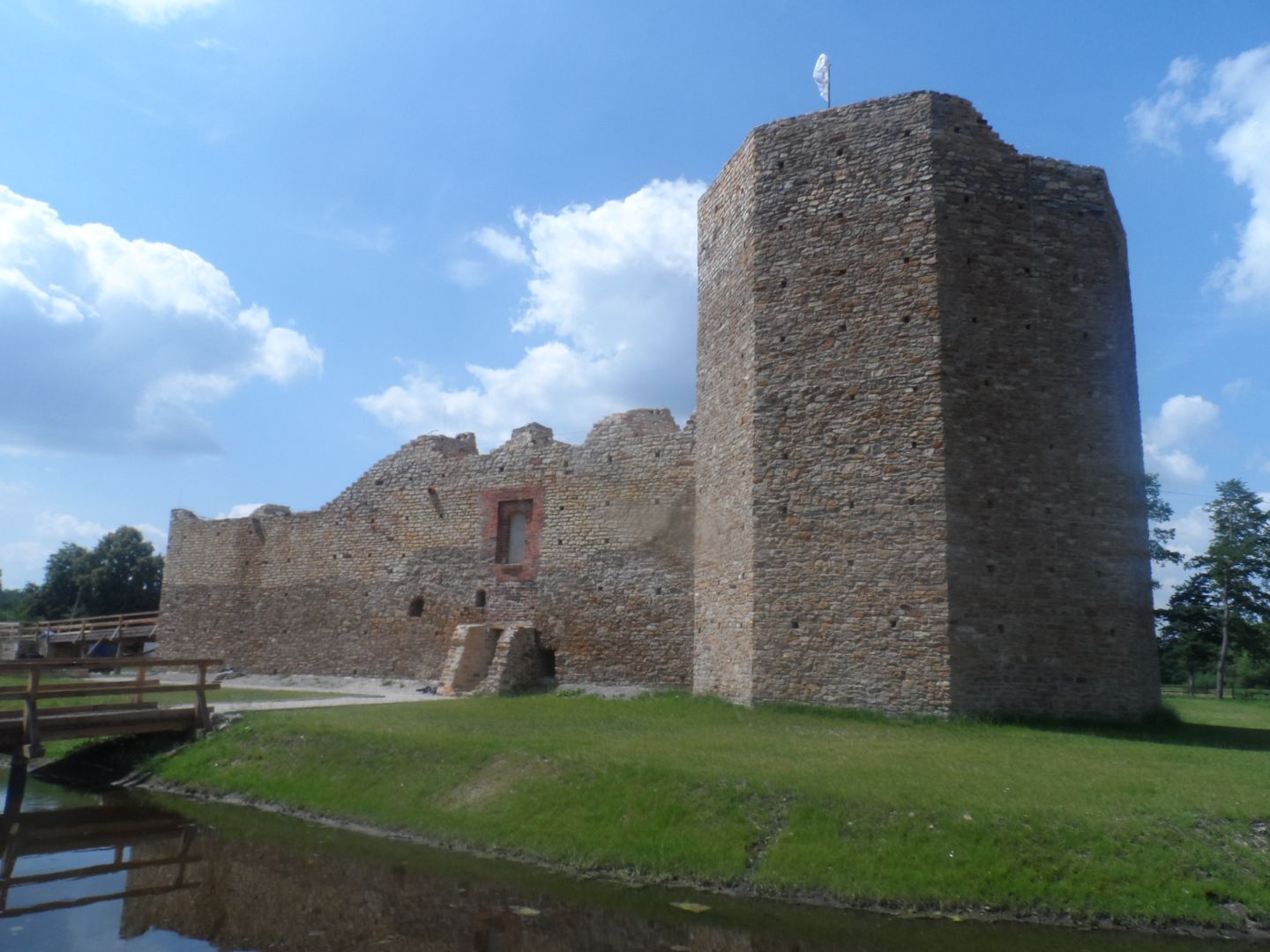Inowłódz Castle
7.33

Overview
The Inowłódz Castle is a Gothic structure from the 14th century, founded by Casimir the Great, located in the Pilica River valley. Its construction, dated to the years 1356–1366, aimed to protect a strategic customs chamber on a trade route. The first castellan was Piotr Tłuk of Stryków, and in the 14th century, the castle passed into the hands of the Niemirów Nowodworski family, eventually becoming the property of the Drzewicki family. The castle was rebuilt multiple times, especially in the years 1521–1526, when Adam Drzewicki carried out significant renovations that greatly influenced its architecture. In the mid-17th century, the castle came into the possession of the Lipski family, while wars, including the Swedish Deluge, led to its ruin. Surrounded by a stone wall and a moat, the castle initially covered an area of 1,500 m², which later expanded to 1,690 m². After several centuries of stagnation, it suffered further damage in the 19th century, and the first archaeological research began only in 1949. In 2007, its reconstruction began, supported by European Union funds, with the goal of creating a new headquarters for local institutions, including a cultural center and a museum. The official opening of the castle took place on June 15, 2013. Inowłódz Castle is an important part of Polish cultural heritage, combining history, architecture, and the local community.
Location
2025 Wizytor | All Rights Reserved